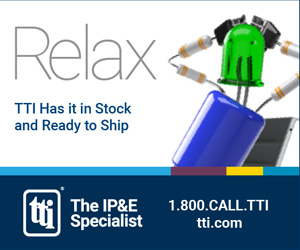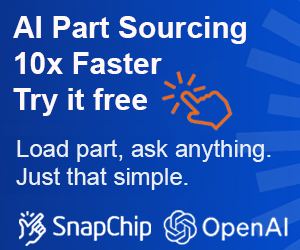How to Evaluate a Shelter Services Provider When Nearshoring in Mexico
The advantages of nearshoring in Mexico has prompted an influx of manufacturers to open facilities over the past several decades. Cost-effectiveness, high product quality, and proximity to the U.S. are some of the main reasons companies have moved part of their manufacturing processes to this region of the world.
In order to start operations as seamlessly and quickly as possible, it’s highly advised to engage an experienced shelter services provider. An experienced shelter company has the knowledge, expertise, and compliance in place to help you start manufacturing in a shorter turnaround time, which helps to minimize costs and hassle.
Every business relationship requires performing due diligence to find a partner that’s the best fit. The evaluation process is no different when it comes to choosing a shelter provider. Basic credentials often include how many customers they are managing, testimonials from current customers, and expertise. However, the main determination is finding a shelter company that has the infrastructure and operational team that will work well with your company. To identify this, start by asking questions like:
- Has the shelter worked with companies that are similar in size and industry?
- Do they offer competitive pricing?
- Have they been recommended by others in the industry?
- What differentiates them from other shelter companies?
If your expansion plans include nearshoring in Mexico, prioritize what’s most important to your company’s success. Evaluate three key factors: business model, experience level, and amount of transparency. This information will help you to compare different shelter service providers and see which one comes out on top.
Review the Business Model
Although many shelter companies have similar business models, they don’t all operate in the same way. Make sure you understand how the infrastructure and fee schedule works for each. For example, how does the shelter company charge for services? Is it by the hour or by deliverable? What is each party responsible for and what is the plan to achieve the different parts of operational setup?
Additionally, is there flexibility with regards to reporting, timelines, and communications? Look for a shelter provider that will adapt to how your company operates and can customize plans that work specifically for your nearshore project.
Consider Experience Level
Second, consider if a shelter company has experience in your specific industry. It’s common for manufacturers to seek out a shelter that has worked with a similar size or type of organization. What are the shelter services that the company specializes in? What are the types of clients they have worked with before?
Asking these kinds of questions can help paint a better picture of how your setup might go, if the shelter has worked on similar operations. Keep in mind, though, every situation is unique and the overall knowledge and years of expertise in manufacturing still makes a difference.
Look for Transparency
Third, successful shelter providers consider the long-term strategy for the manufacturer. In addition to understanding which party is responsible for each section of the plan, as noted above, the statement of work must be detailed fully and match the fee that’s been laid out so that all parties are aligned.
Transparency allows manufacturing companies to understand what to expect in the first couple of years, but also, helps them to plan for a graduation process from the shelter, if necessary. Each shelter provider has a different level of transparency, which makes it important to choose one that is clear, straightforward, and has your best interest in mind at all times.











